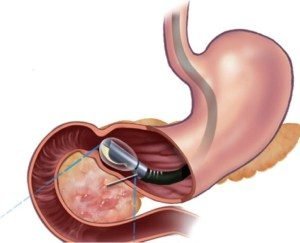
Endoscopic Ultrasonography (EUS) is a specialized procedure that combines endoscopy and ultrasound technology to obtain high-resolution images of the digestive tract and surrounding organs. It is particularly useful for examining the esophagus, stomach, pancreas, liver, and lymph nodes. EUS allows for precise assessment of tumors, staging of cancers, and guidance for fine-needle aspiration to collect tissue samples.
During EUS, a thin, flexible endoscope with an ultrasound probe at its tip is inserted into the gastrointestinal tract. This allows doctors to visualize and assess abnormalities, guide fine-needle aspiration (FNA), and aid in accurate diagnosis of various gastrointestinal conditions.
Here are some common questions about Endoscopic Ultrasonography:
No, the procedure is not painful. Sedation is used to ensure the patient is comfortable and relaxed during the process.
The procedure typically takes between 30 to 60 minutes, depending on the complexity and whether a biopsy is performed.
EUS is recommended for evaluating pancreatic lesions, staging GI cancers, assessing bile duct abnormalities, and diagnosing causes of abdominal pain or unexplained weight loss.